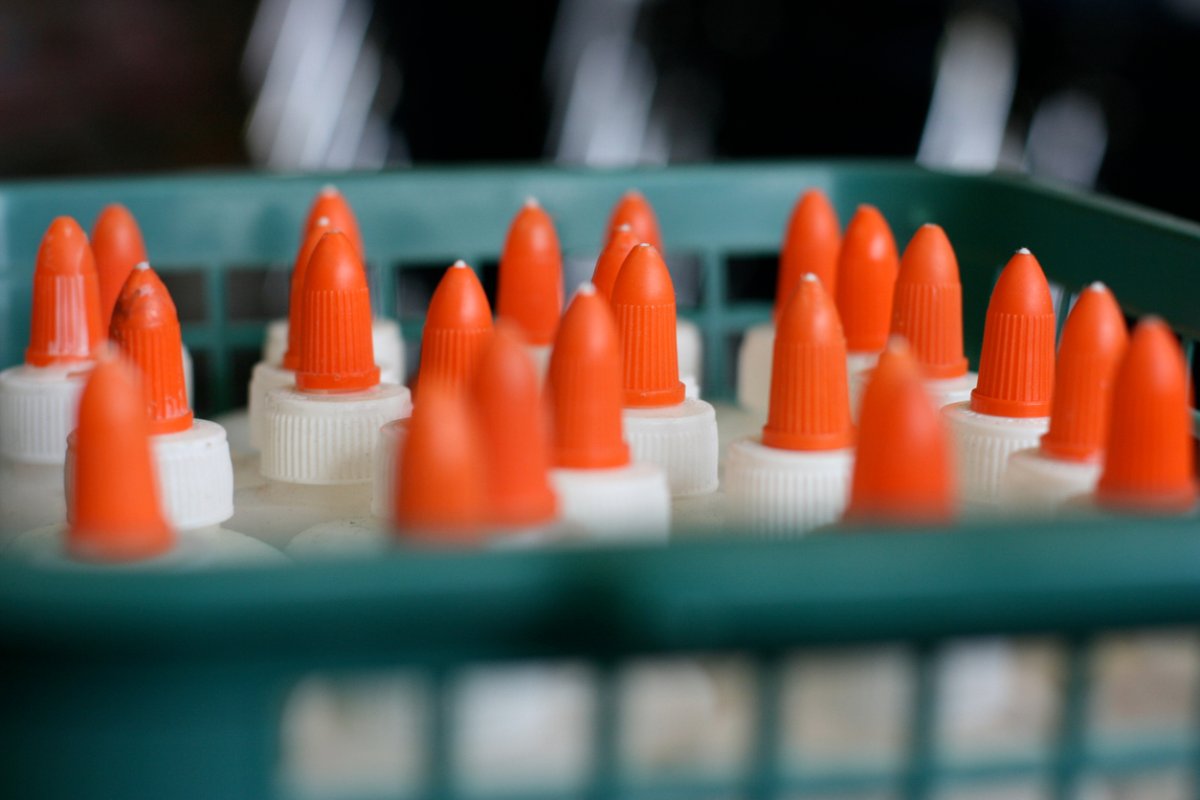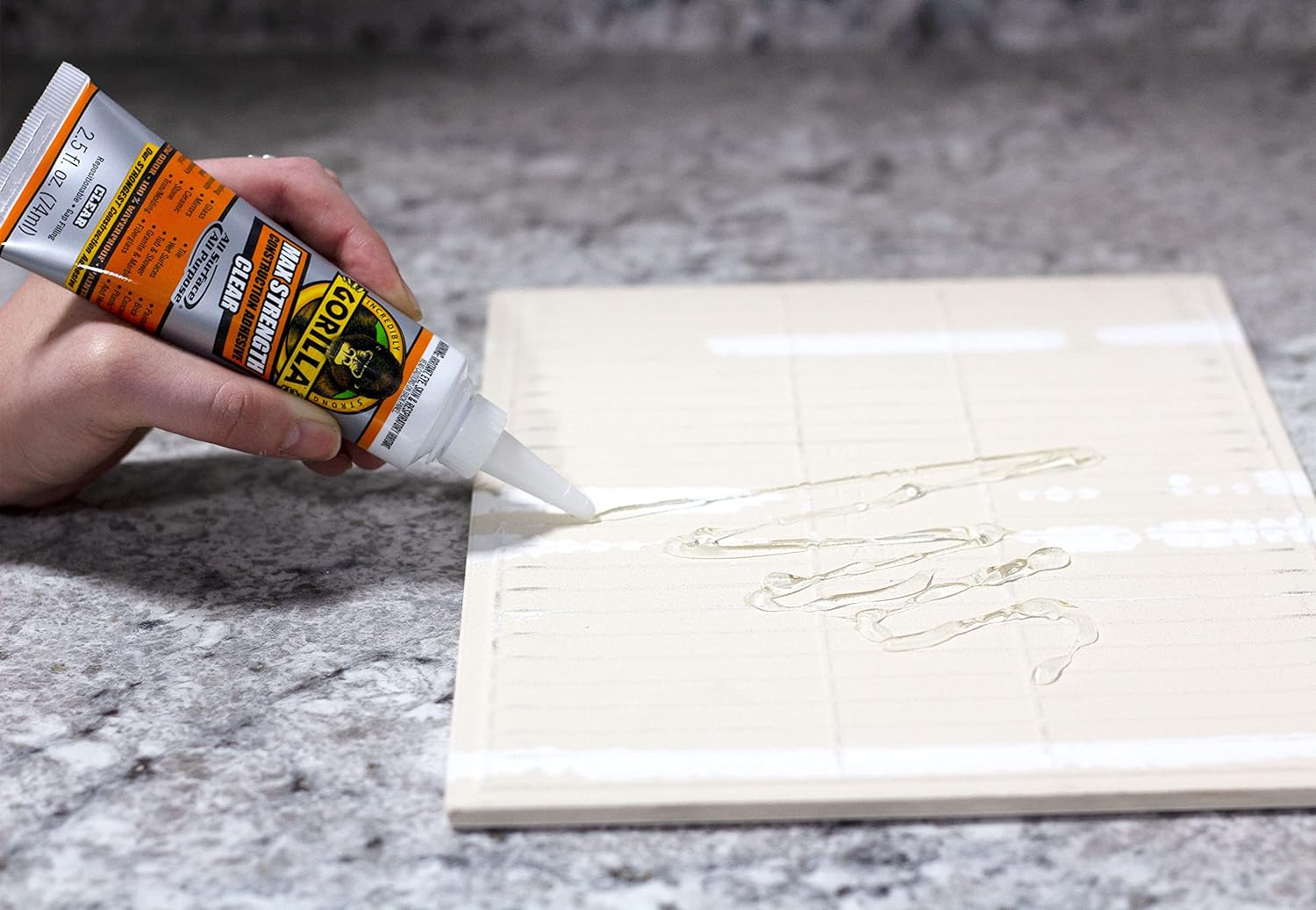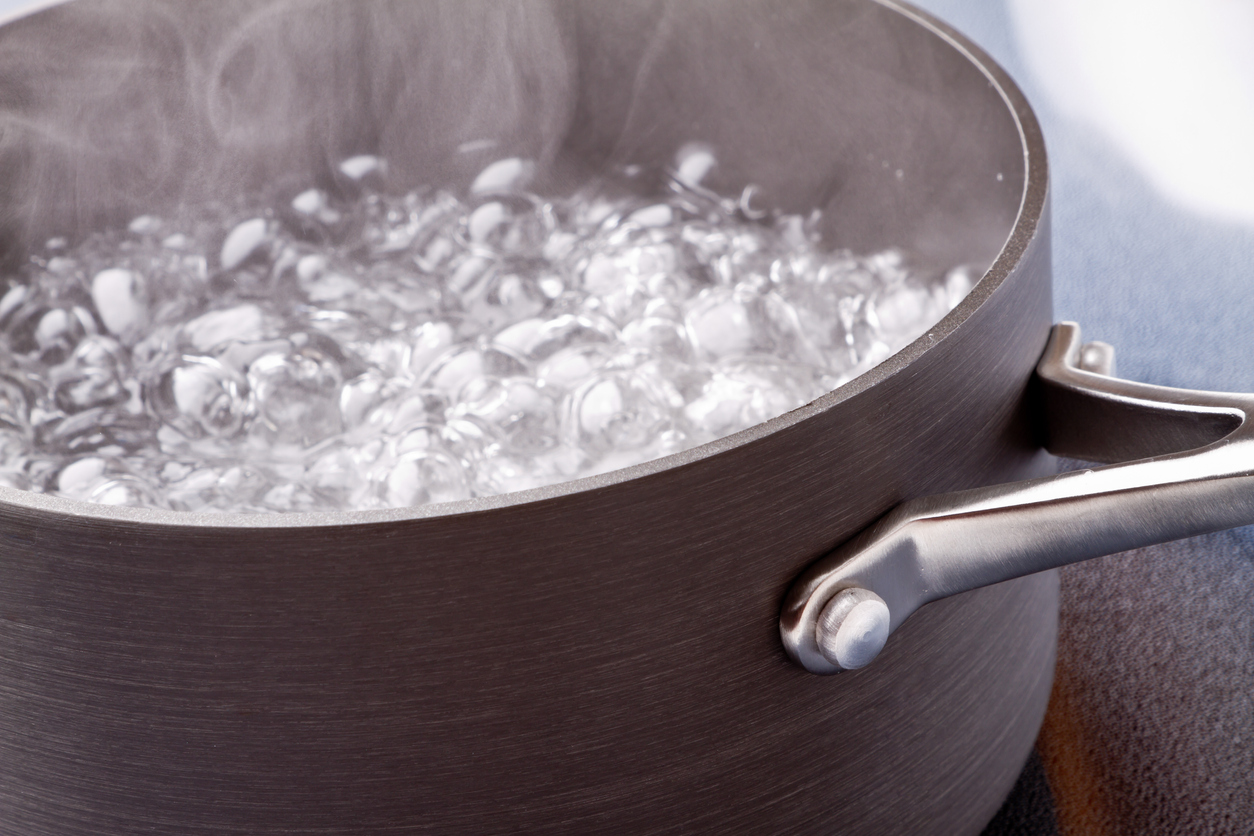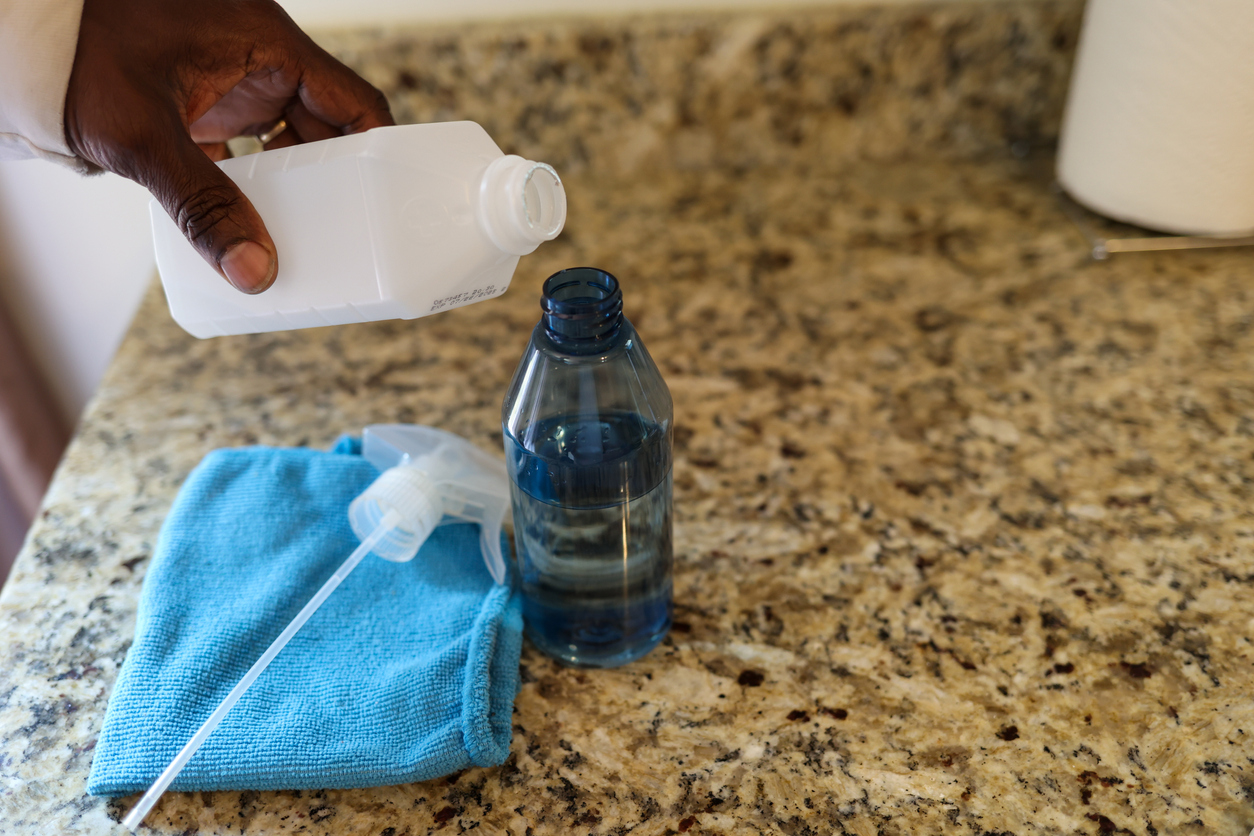

We may earn revenue from the products available on this page and participate in affiliate programs. Learn More ›
Have you ever reached for a bottle of Elmer’s glue, craft glue, or another adhesive that has been up on a shelf for a few months (or a few years), only to discover that it has completely dried out? Before you start searching for “how long does super glue take to dry” or “how long does wood glue take to dry,” know that there may be a way to revive that hardened mess so you can get on with your DIY project. Unfortunately, some types of adhesives, such as cement, epoxy, and super glue, cannot be softened, but other varieties can often be saved and used again. Read on to discover a few methods that can help you achieve this goal.
RELATED: The Best Glues for Plastic Models and DIY Projects
Does glue expire?

Unfortunately, whether you’re talking about glue for metal or glue for construction paper, the answer is that yes, it will eventually expire. Even if there isn’t a date printed on your glue bottle, don’t expect it to retain its adhesive properties forever. Over time, the components of the solution may degrade and start to harden. Air can also enter the bottle through a cap that isn’t fully closed and sealed, speeding up the hardening process.
Because there are several types of glue and other factors, such as storage and humidity levels, can impact shelf life, there is no one set expiration date. However, here are some general guidelines for how long you can expect different types of glue to last before they dry out:
- Elmer’s glue: 8–12 months
- Super glue: 1–2 years
- Wood glue: 1–2 years
- Craft glue: 1–2 years
- Epoxy adhesive: 2 years
RELATED: The Best Glue for Particle Board Projects
There are a few things you can do to keep glue from drying out.
Proper storage is key if you want to extend the shelf life of glue as much as possible. Avoid breaking the seal on a bottle of glue until you’re ready to use it. After opening it, make sure you close the lid tightly before storing it on a shelf. As an added measure, you could even consider placing the bottle inside a zippered plastic bag to further prevent air from reaching the adhesive. Where you leave the glue bottle during storage also matters. A cool and dry location is best.
RELATED: The Best Glues to Repair Your Most Treasured Ceramics, Tested
Submerge dried out glue into a bowl of boiling water to revive it.

If your Elmer’s glue or craft glue is dried out, try heating it up. Heat will soften the glue, potentially reviving it enough to satisfy your needs. Begin by bringing a pot of water to a boil on the stove. Once the water is boiling, remove the pan from the heat and let the water cool a bit. Then, submerge the bottle of glue in the slightly cooled water (boiling water could melt the plastic). After about 15 minutes, remove the glue bottle and let it sit out on the counter long enough to cool down.
Then, check the consistency to see if the glue has softened enough for use. If not, consider repeating the steps above or trying one of the methods that follow.
RELATED: The Best Glues for Cardboard
Mix a few drops of paint thinner with the glue to soften it.
Paint thinner is a solvent. It is formulated to thin out paint, but it may also help you thin out hardened glue. Add one drop of paint thinner at a time to the bottle until you are able to mix it and thin it out, working slowly and carefully.
As a solvent, the paint thinner can also interfere with the glue’s adhesive capabilities and make it unusable for your next DIY project, so you’ll want to avoid using more than is necessary.
Remember, paint thinner can cause headaches, dizziness, coughing, nausea, and skin or eye irritation. Be sure to work in a well ventilated area and to wear protective gear, including long pants, a long shirt, gloves, goggles, and respirator mask.
Thin the glue using a little rubbing alcohol or acetone.

Rubbing alcohol and acetone are two other solvents that can be used in place of paint thinner. Follow the steps outlined above to slowly add a drop or two at a time before mixing and checking the consistency of the solution. If you’ve been wondering “how long does Gorilla Glue take to dry” and are frustrated that your bottle seems hard, this might just do the trick. Don’t forget to also work in a well-ventilated area and use protective gear when working with rubbing alcohol or acetone.
RELATED: How to Remove Super Glue From Skin, Fabric and Other Surfaces
Add a few drops of vinegar to revive hardened wood glue.
If you’re trying to complete a woodworking project and discover that your wood glue is dried out, try adding a little vinegar to it to help give it new life. Use distilled white vinegar if you have it, which is approximately 5 percent acetic acid. The acetic acid will break down the bonds in the glue enough to soften it. Be careful to avoid using too much — otherwise, you may take away all of the wood glue’s adhesive properties.
